
Gallery: Cutest Creatures from Deep Sea Canyons
Cephalopod Overload
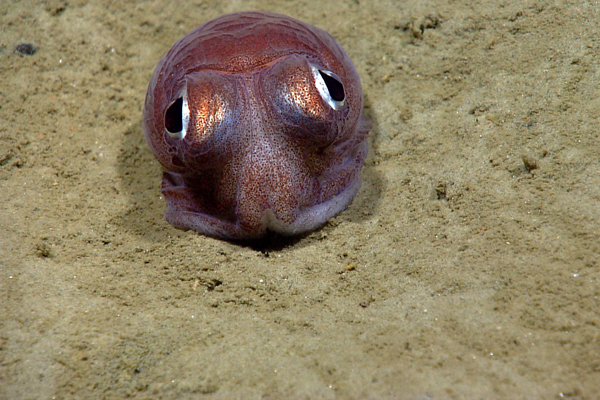
A baby octopus just hatched from its egg and a "grinning" ctenophore are some of the adorable sea creatures discovered in submarine canyons offshore of the U.S. Atlantic Coast. Researchers aboard the Okeanos Explorer, a ship operated by the National Oceanic and Atmospheric Administration, spent July 2013 exploring canyons offshore of Nantucket, Mass., with a remotely-operated vehicle. They captured rare photos of the little-seen depths, including some of the cutest marine life found in the deep sea.
You seem surprised to see me

This rosy-colored rockling fish, a Gaidropsaus, lives near a methane seep. The Okeanos Explorer expedition found the northernmost methane seeps detected to date offshore the U.S. Atlantic Coast. In the ocean, methane gas produced by microbes digesting organic matter builds up in seafloor sediments and bubbles to the surface at methane seeps.
What a smile

Comb jellies, or benthic ctenophores, are flat animals that cling to rocks or other creatures, such as corals. Their thin bodies provide good camouflage, making this photo a rare find even for biologists, according to NOAA. The jellies extend hair-like tentacles to capture drifting plankton.
Strike a pose

Tiny shrimp seeking refuge in a glass sponge resemble models in an advertising campaign. The crustaceans were spotted in Hydrographer Canyon, which reaches depths of 6,000 feet (1,820 meters).
The King and I

A stone crab and a purple urchin hang out in a submarine canyon offshore of the Northeast Atlantic Coast.
Pretty in pink

Slow-growing corals in the deep sea may live as long as 4,000 years. Like trees, the corals have growth rings that record changes in ocean chemistry and climate.
Just born
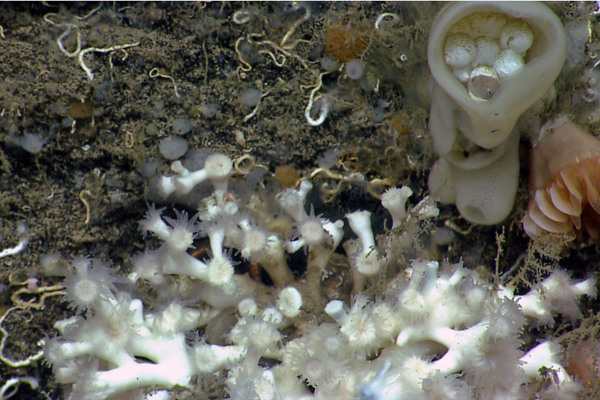
A tiny octopus hatchling rests inside a glass sponge.
Get the world’s most fascinating discoveries delivered straight to your inbox.
Just keep swimming
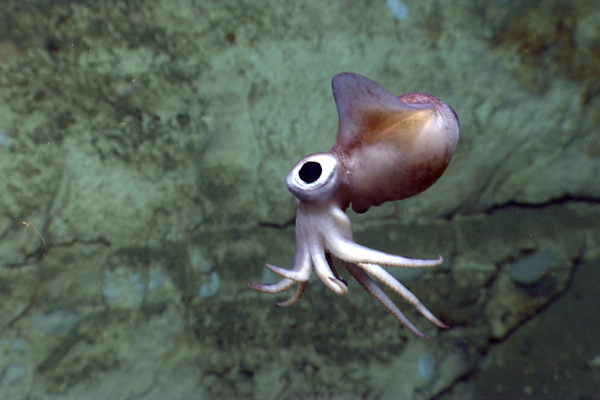
A bobtail squid swims by a remotely-operated vehicle in Atlantis Canyon offshore of the Northeast Atlantic Coast. The squid is less than 12 inches (30 centimeters) long. Bobtail squid are nocturnal hunters, hiding in sand and mud during the day and emerging at night to eat.
Keep out!

A mother octopus guards her eggs from curious scientists driving a remotely-operated vehicle through a submarine canyon. The octopus lives in Hydrographer Canyon, about 90 miles (145 kilometers) offshore of Nantucket, Mass.
Privacy please!
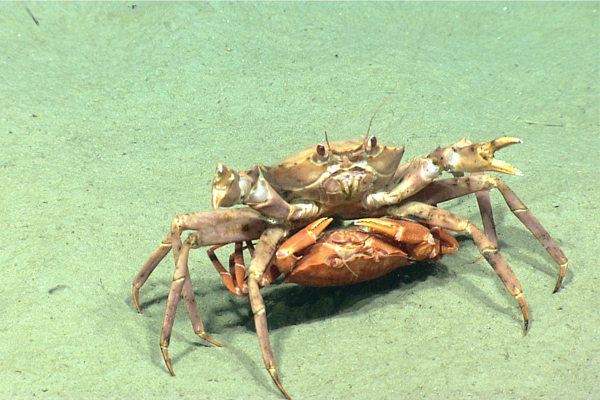
A pair of mating red crabs spotted in the deep sea. The male crab is carrying the female crab, who is upside down.
A big baby
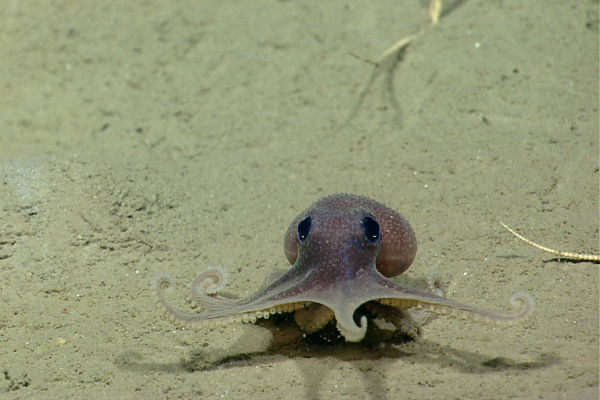
A baby octopus explores the seafloor in Veatch Canyon, offshore of Nantucket, Mass. The deep sea species, Graneledone verrucosa, lives throughout the Northwest Atlantic Ocean.

 Live Science Plus
Live Science Plus





